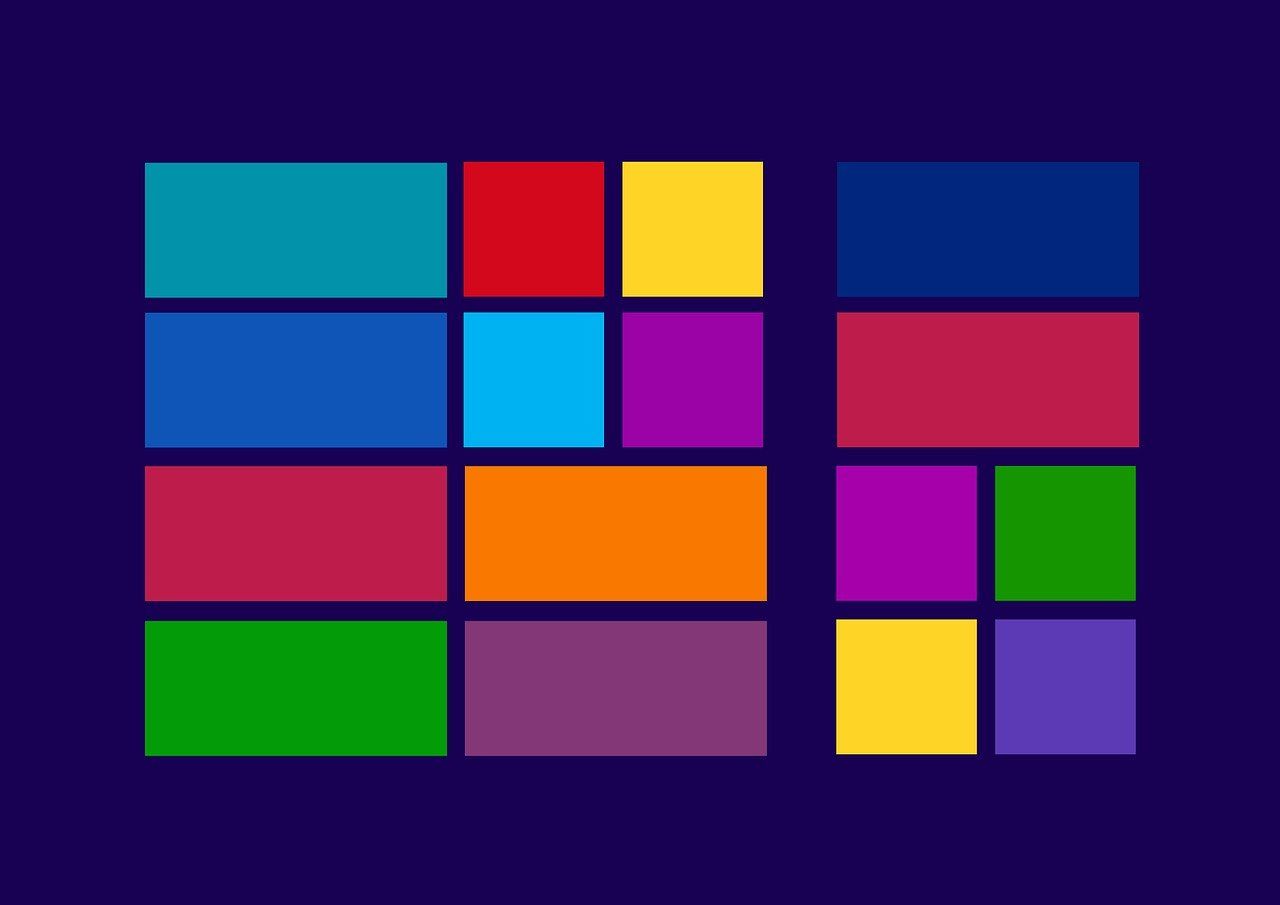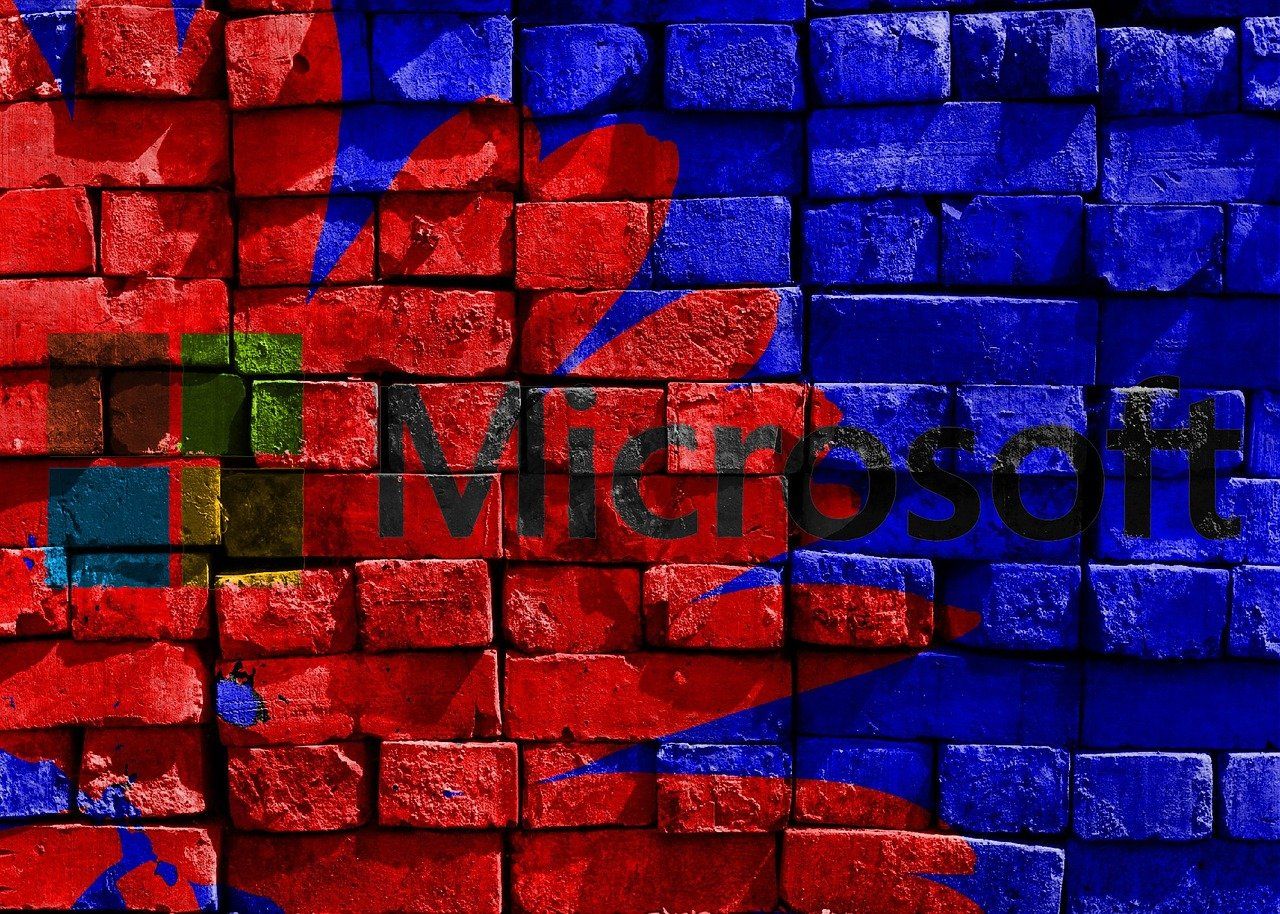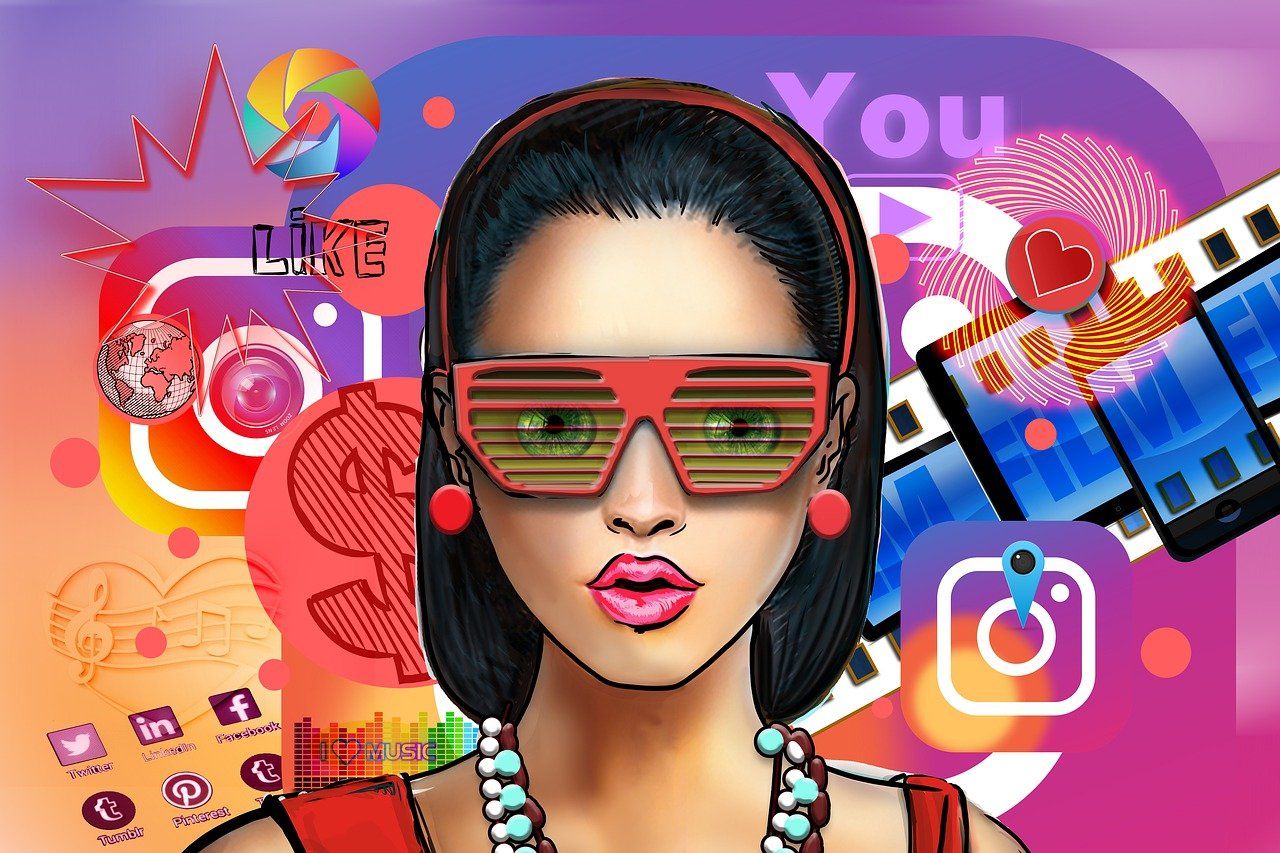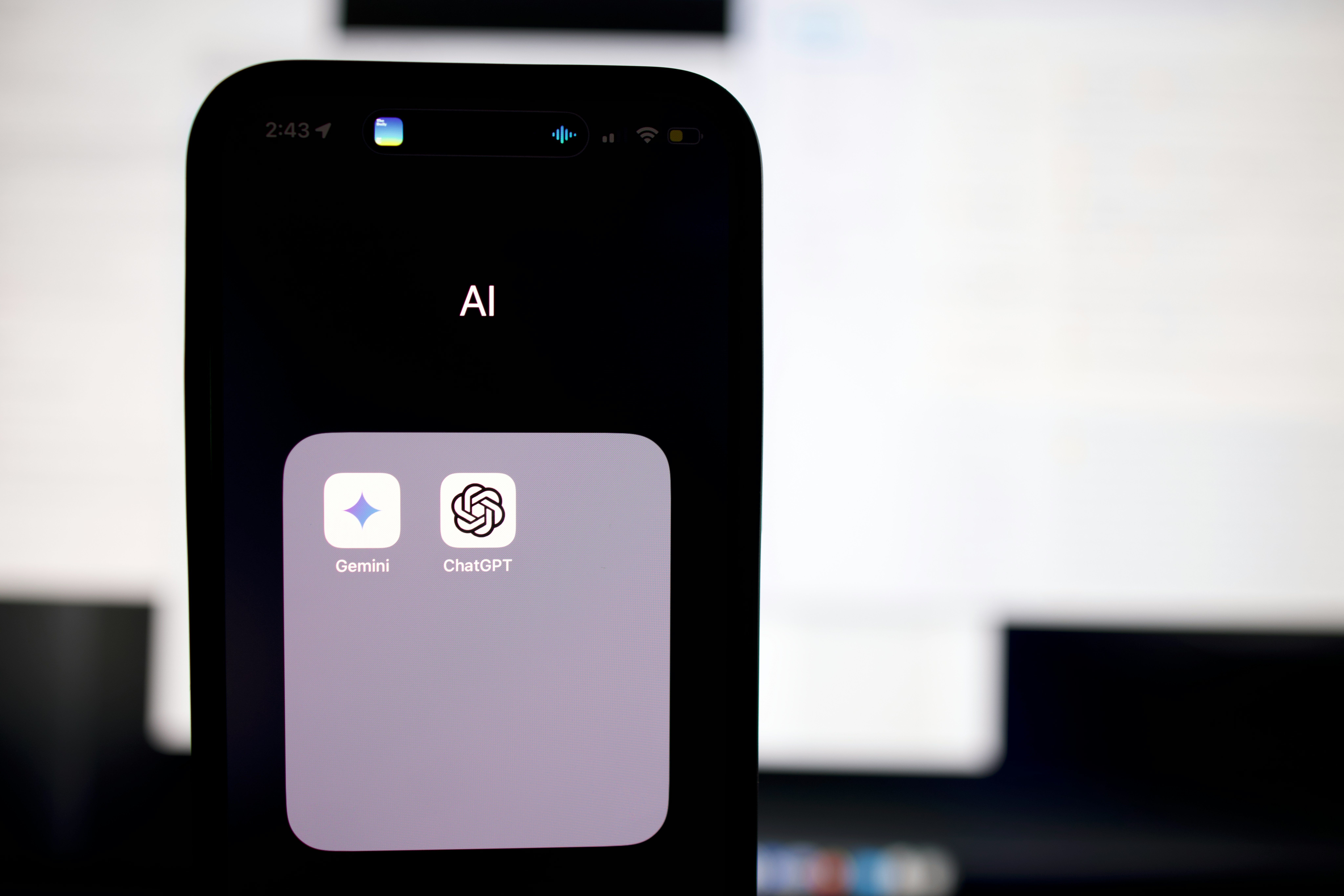Microsoft's VASA-1
Microsoft's latest stride in artificial intelligence introduces VASA-1, an AI framework designed to transform still photos and audio files into hyper-realistic, animated talking heads. This cutting-edge technology, emerging from Microsoft's Research division, showcases the ability to render lifelike facial expressions, head movements, and even sync lips to match any given audio. Although currently in the research phase and not accessible to the public for use, VASA-1 demonstrates significant advancements in AI-driven animation, bolstering the realism that virtual and augmented realities can achieve. With potential applications ranging from gaming to social media, VASA-1 might soon revolutionize how digital interactions and presentations are perceived, paving the way for more immersive virtual experiences. However, it also poses ethical questions about the potential for misuse, particularly in creating deepfake content. As VASA-1 continues to develop, it brings both excitement and caution regarding the future capabilities of AI technologies.
VASA-1 Technology

Photo by Tadas Sar on Unsplash
What is VASA-1?
VASA-1, developed by Microsoft, represents a groundbreaking AI framework designed to create hyper-realistic videos of talking faces from a single photo and an audio file. This cutting-edge technology synchronizes lip movements and facial expressions with audio, providing lifelike animations. Currently, VASA-1 is in the research phase and not publicly available, but its demonstrations have showcased its potential to transform various sectors by providing advanced lip-syncing capabilities and realistic facial dynamics.
How does Microsoft's VASA-1 work?
VASA-1 operates by taking a single portrait-style image and an audio file, then merging these to produce a short video with realistic, animated facial expressions and head movements. This process includes sophisticated modeling of lip synchronization and facial movements that align precisely with the audio input. Microsoft's framework utilizes powerful AI algorithms to manage complex tasks like adjusting for head pose, eye gaze, and even emotional expressions, making the animations exceptionally lifelike.
Key features and capabilities
The impressive capabilities of VASA-1 include:
- High-Resolution Output: Generates videos at 512 x 512 pixels resolution, maintaining clarity and detail.
- Real-Time Processing: Capable of creating animations in real-time with minimal latency, ideal for interactive applications.
- Advanced Control Features: Allows detailed control over aspects like eye direction, head positioning, and emotional nuances.
- Versatility: Effective with both photographic and artistic images, and capable of handling various voice inputs including songs.
- Ethical Frameworks: Developed with considerations for preventing misuse, focusing on positive applications like education and entertainment.
Real-World Applications and Potential of VASA-1

Photo by Matthew Manuel on Unsplash
Enhancement in video games and virtual realities
VASA-1's technology is poised to revolutionize the gaming industry and virtual reality experiences by enabling the creation of AI-driven non-playable characters (NPCs) with highly realistic animations. This can significantly enhance player immersion, making interactions within virtual environments more engaging and believable. Game developers could use VASA-1 to generate lifelike characters that interact dynamically with players, improving the storytelling and emotional impact of games.
Potential in social media and entertainment
In the realm of social media and entertainment, VASA-1 offers exciting possibilities for content creation. Influencers and creators can use this technology to produce unique digital avatars or animate still images for engaging video content. Additionally, the entertainment industry could employ VASA-1 to create realistic music videos, short films, or promotional materials where animated characters appear to speak or sing authentically. This not only reduces production costs but also opens up new creative avenues for storytelling.
Ethical considerations and misuse prevention
While VASA-1 holds substantial promise, it also presents potential risks, particularly related to the creation of deepfakes which can be used to spread misinformation or infringe on personal rights. Microsoft acknowledges these risks and is prioritizing the development of ethical guidelines and misuse prevention mechanisms. This includes limiting access to the technology during its research phase and exploring applications that emphasize positive impacts such as educational tools, accessibility features, and therapeutic aids. By responsibly managing the deployment of VASA-1, Microsoft aims to ensure that the technology enhances human interactions without compromising ethics or privacy.
Comparison with Other Technologies

Image by Gerd Altmann from Pixabay
Similar technologies by NVIDIA and others
When looking at VASA-1's competitors, it's evident that Microsoft is not the only giant working on impressive AI technologies for creating realistic talking heads. Companies like NVIDIA and Runway have already released technologies capable of generating similar results. However, VASA-1 distinguishes itself by significantly reducing mouth artifacts, which has been a common issue with similar applications. Microsoft's offering aims for higher realism and flexibility, providing outputs that closely mimic natural human expressions and movements.
Advances over previous models
Microsoft's latest foray into AI-driven multimedia content, VASA-1, represents a significant leap from previous models. While earlier technologies allowed some degree of lip-syncing and facial animation, VASA-1 takes it a step further by incorporating hyperrealistic facial features, head movements, and the ability to manipulate emotional expressions with precision. This is not just an iterative improvement but a major advance, pushing the boundaries of how AI can interact with or recreate human-like behaviors in digital formats.
Unique strengths of VASA-1
One of the standout features of VASA-1 is its ability to handle non-traditional, non-frontal images for animation, allowing the AI to animate faces from a variety of angles with consistent realism. Additionally, the framework's flexibility in accepting various audio inputs—including singing and non-English languages—without requiring prior training on such data showcases its robust adaptability and learning capabilities. These strengths indicate a versatile tool capable of extending beyond conventional applications to possibly reshape content creation in gaming, film, and other digital interactions.
The Potential of VASA-1 and AI in Multimedia Going Forward

Image by Gerd Altmann from Pixabay
Possible improvements and upcoming features
Looking ahead, the potential enhancements for VASA-1 could focus on reducing the generation time for high-resolution outputs and expanding the model’s capability to handle a wider array of emotional nuances and complex dialogues. Upcoming features might include deeper integration of natural language processing to foster interactive capabilities, making VASA-1 not just a content generation tool but a potential participant in interactive media.
Integration with other Microsoft technologies
VASA-1's integration with other Microsoft technologies, such as Azure AI or the Dynamics 365 suite, could revolutionize customer service, marketing, and even personalized education scenarios. By leveraging its ability to generate realistic human avatars, businesses could create more engaging virtual representatives, while educational tools could provide more interactive learning experiences with virtual instructors tailored to the users' learning habits.
Long-term implications for AI and multimedia
The advancement represented by VASA-1 hints at a future where AI can seamlessly generate not just realistic images or videos, but fully interactive multimedia content that could pass for human-created material. This technological evolution will likely spur discussions and developments around ethical uses of AI in media, including concerns about deepfakes and misinformation. However, the positive implications, such as personalized media, advanced real-time translation and dubbing, and accessible content creation, showcase the transformative potential of AI in the multimedia sector.





